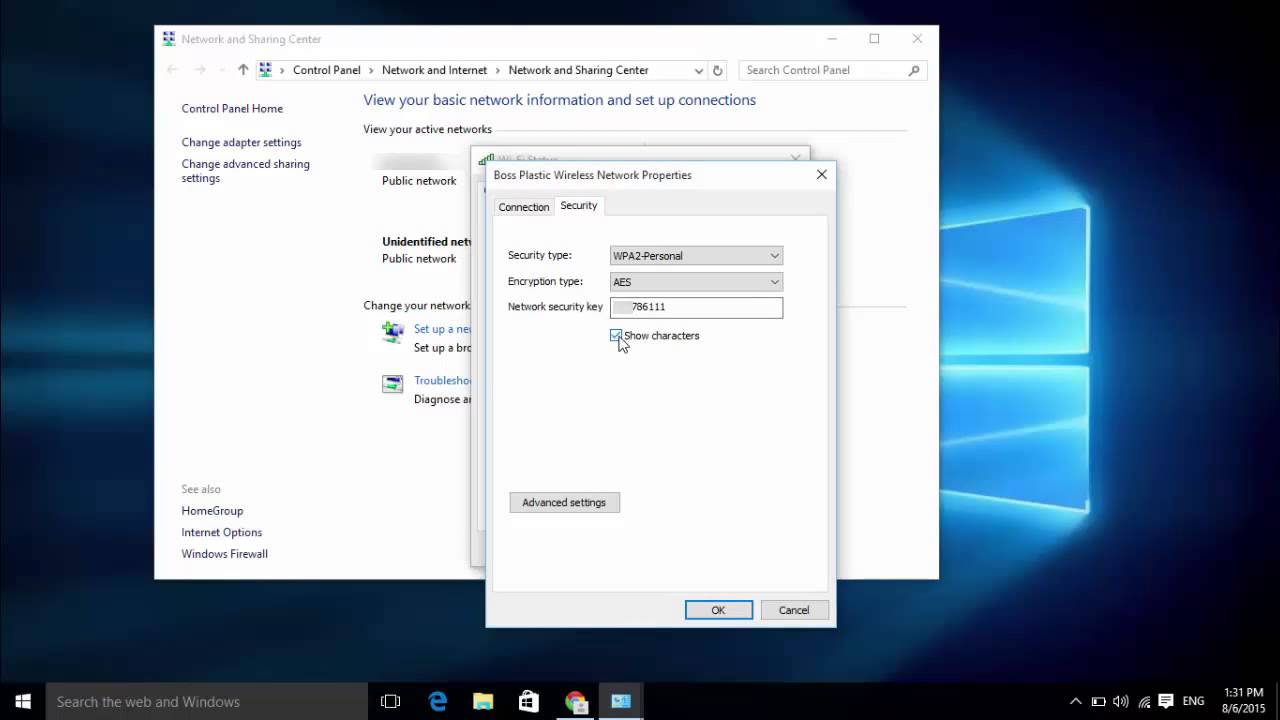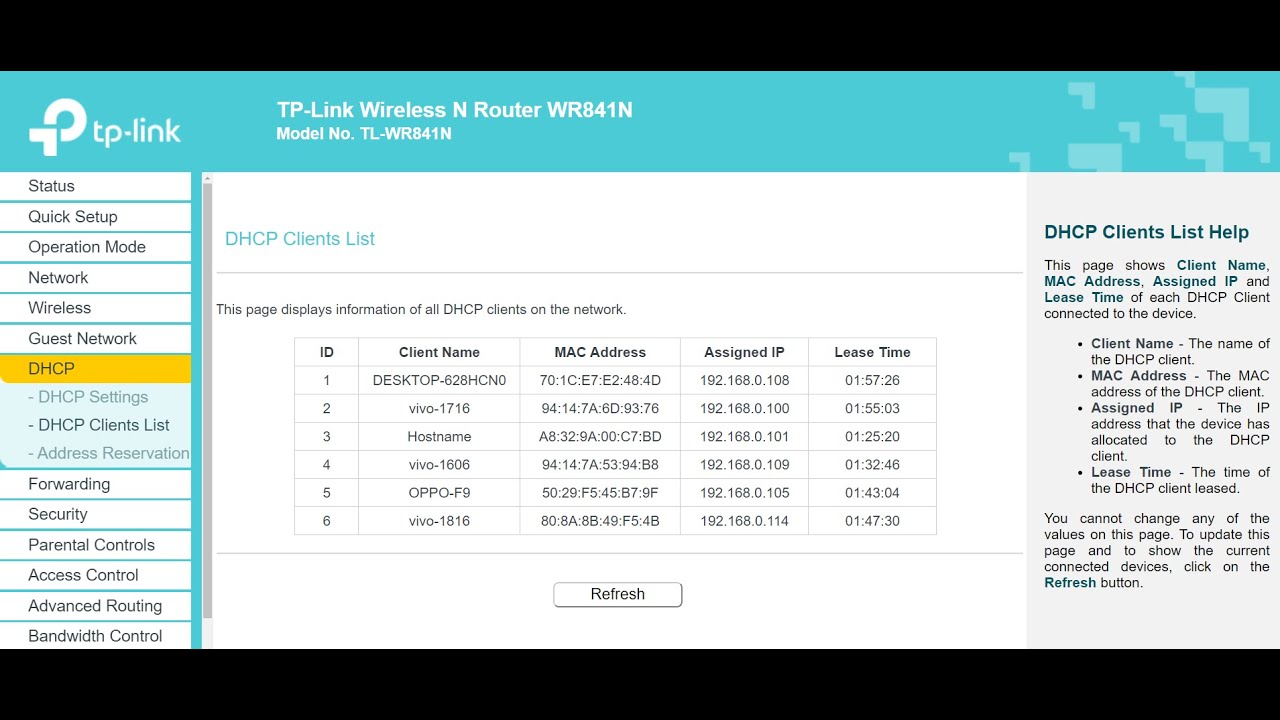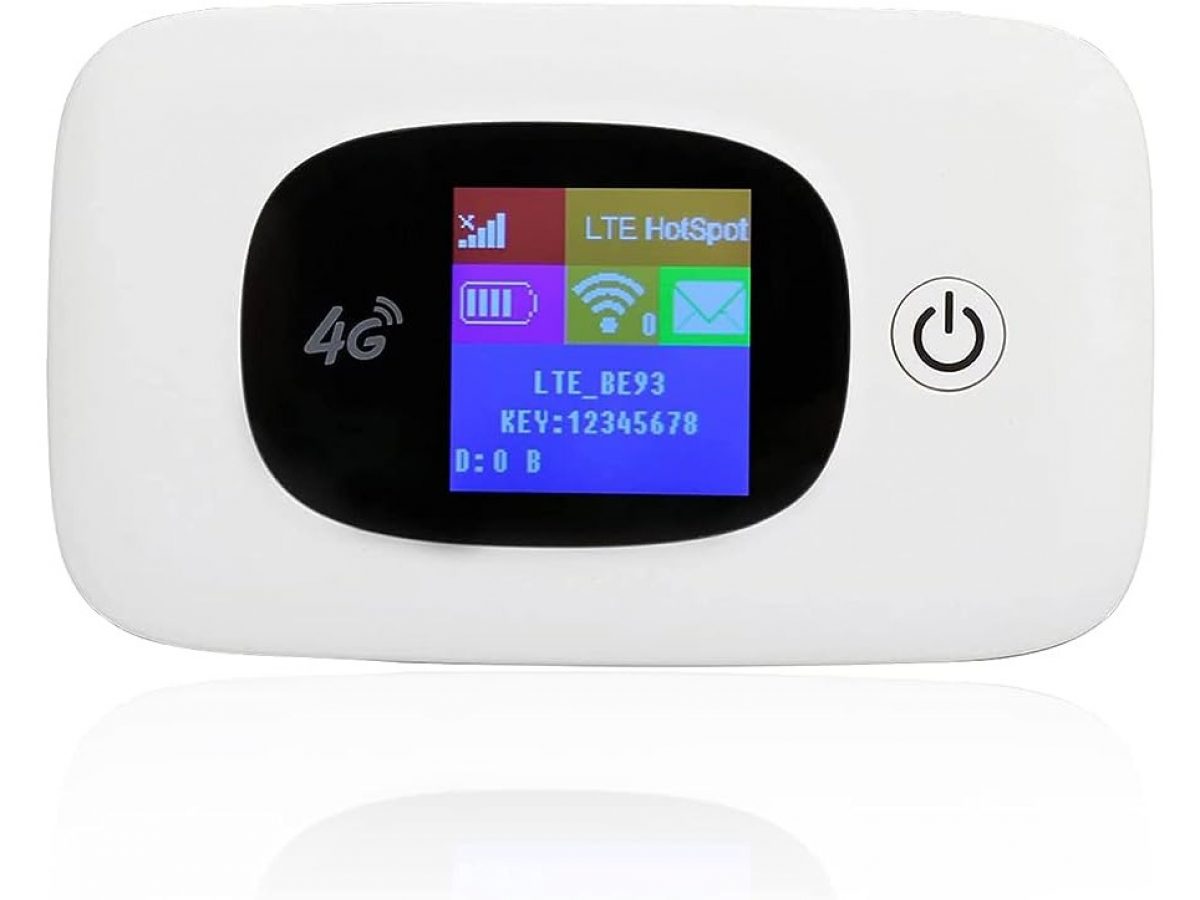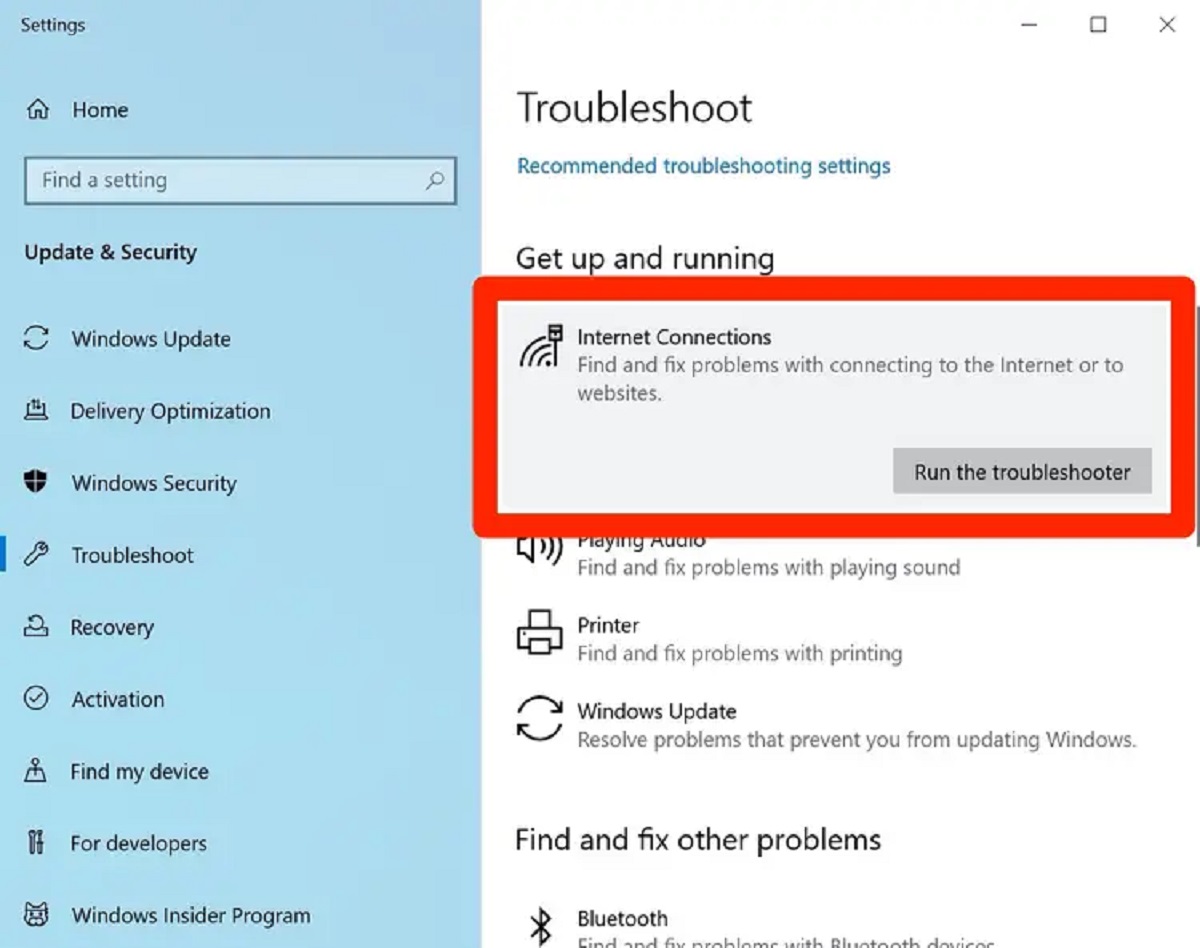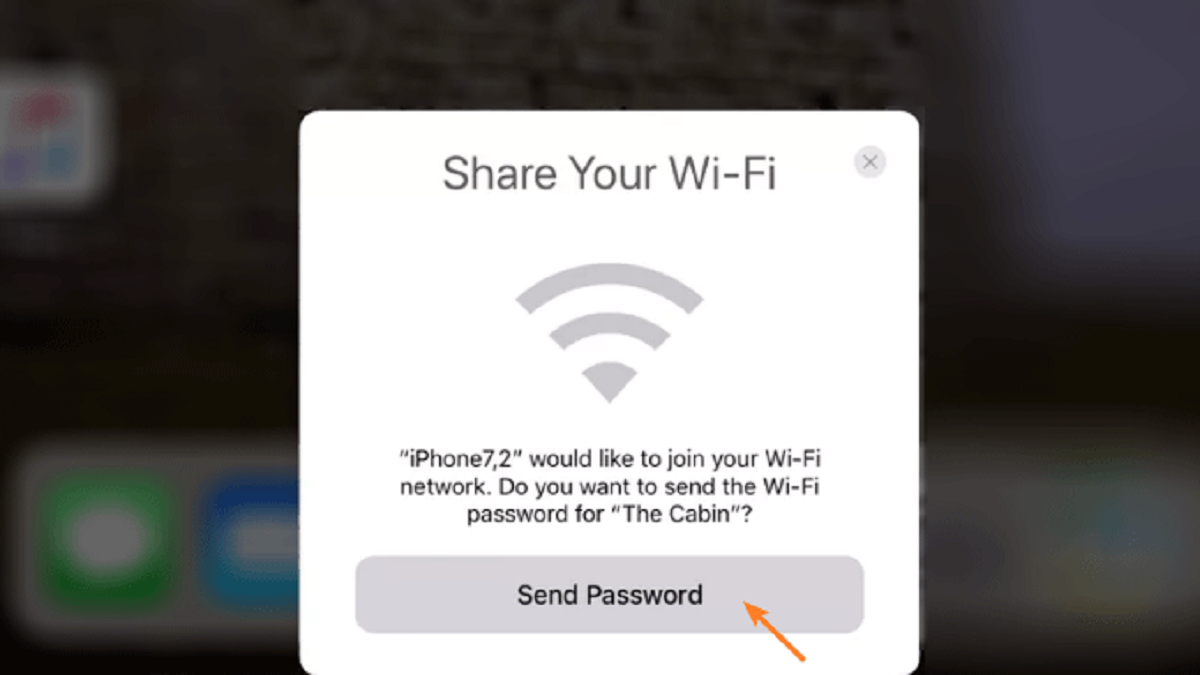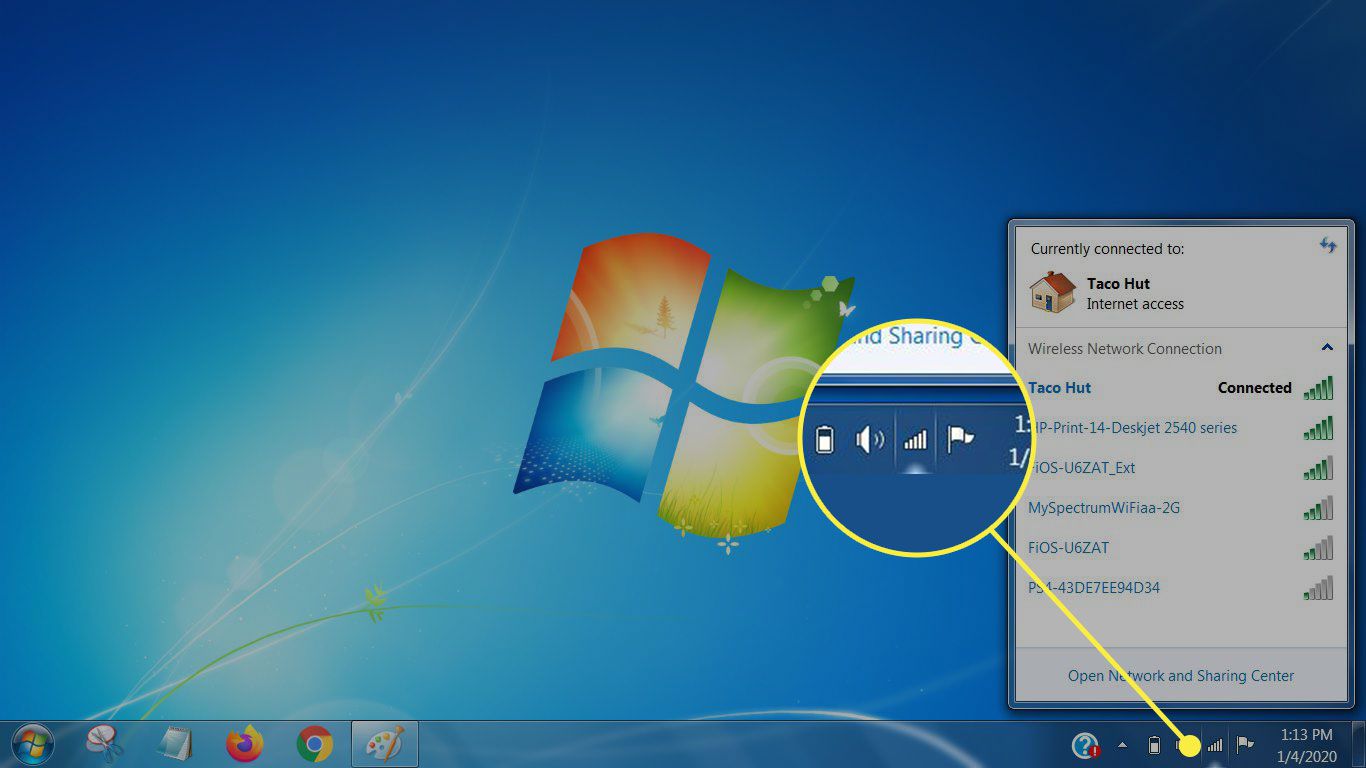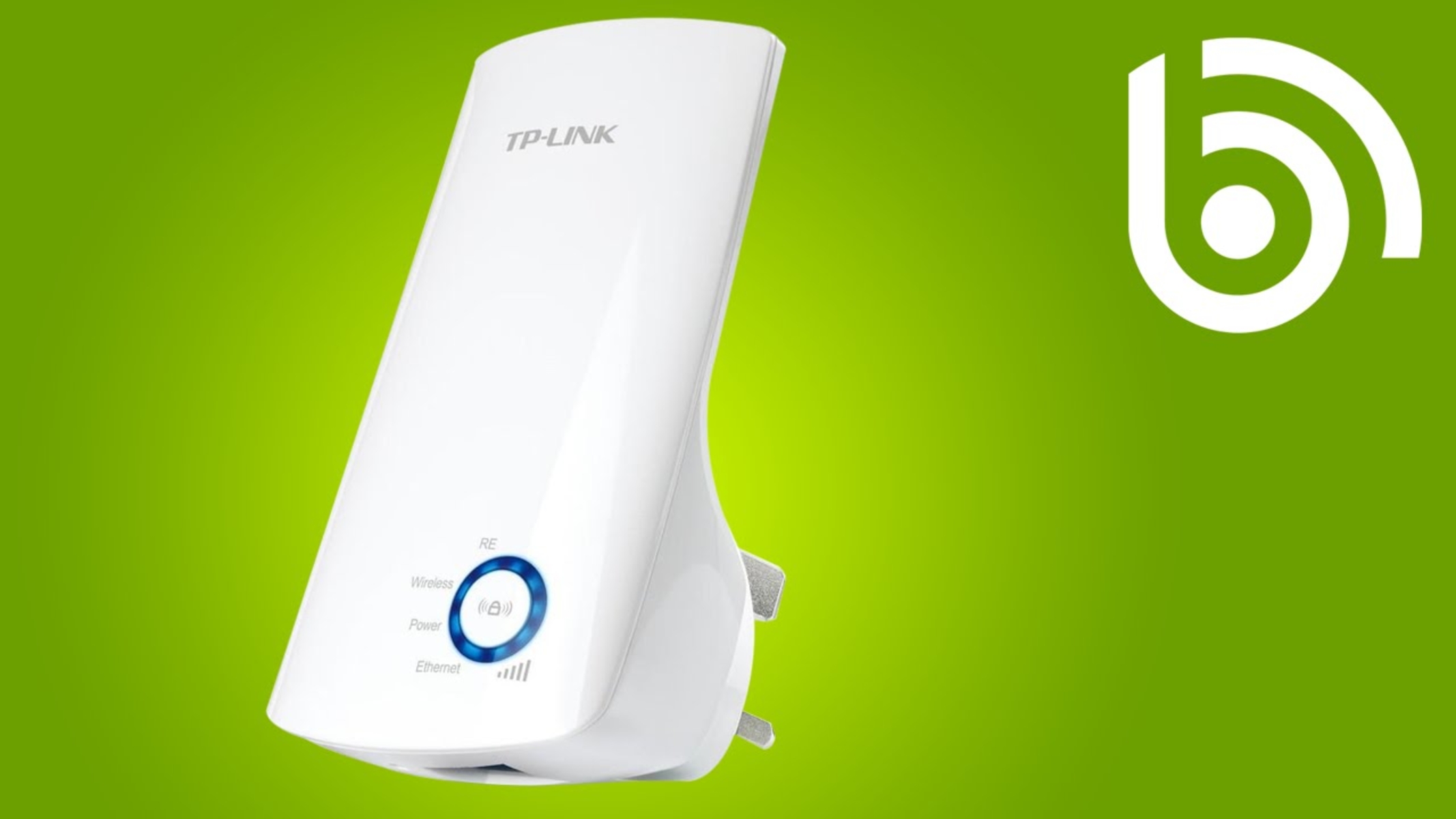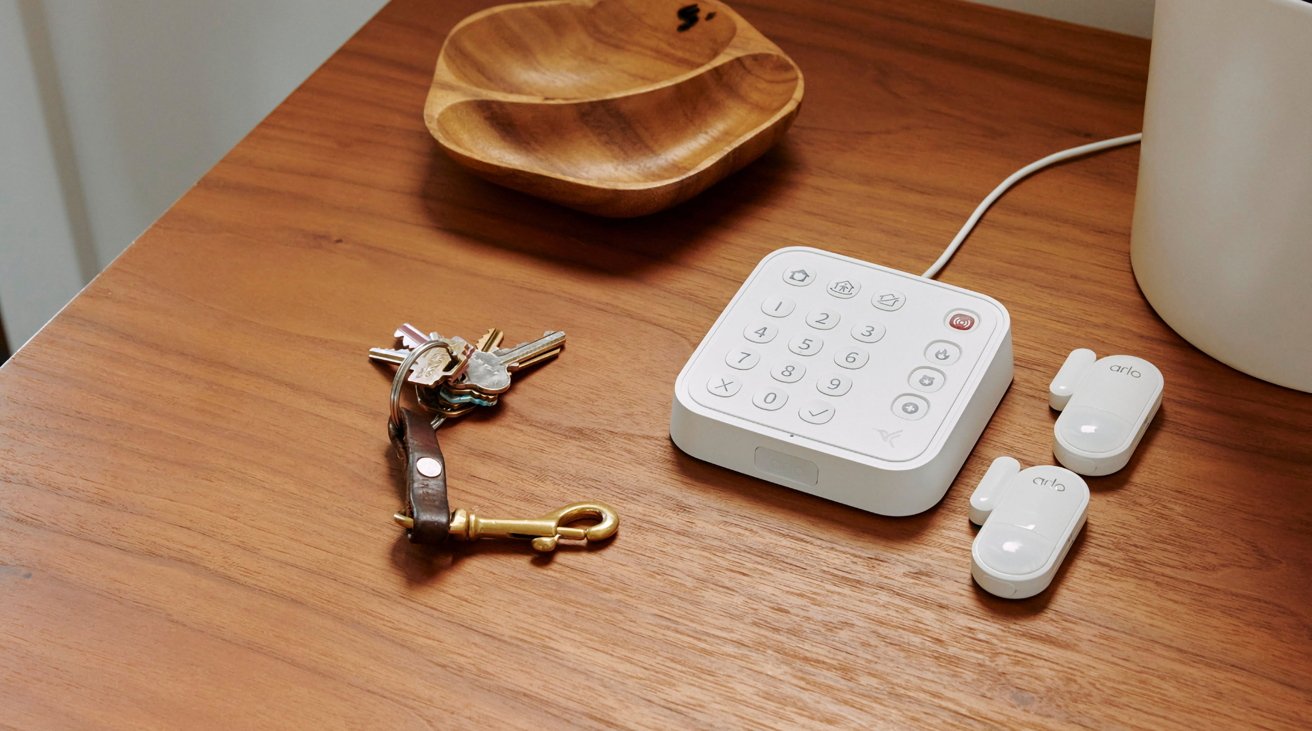Introduction
Having access to a Wi-Fi network is essential for staying connected and getting online. However, there may be occasions when you need to find the Wi-Fi password on your Windows 10 device. Whether you’re setting up a new device, sharing your network with a new user, or simply forgot the password yourself, knowing how to find it can save you time and frustration.
In this article, we’ll explore several methods you can use to find the Wi-Fi password on Windows 10. These methods are user-friendly and suitable for both novice and experienced users. We’ll cover using the Network & Internet settings, utilizing the Command Prompt, using a third-party password recovery tool, and accessing the router configuration page.
Before we dive into the methods, it’s important to note that finding the Wi-Fi password is only possible if you’re already connected to the network or have administrative access to the router. If you’re not connected or don’t have the necessary permissions, you may need to seek assistance from the network administrator or the person who set up the network.
Now, let’s explore the various methods you can use to find the Wi-Fi password on your Windows 10 device.
Method 1: Using the Network & Internet Settings
One of the easiest ways to find your Wi-Fi password on Windows 10 is through the Network & Internet settings. Here’s a step-by-step guide:
- Open the Start menu and click on the “Settings” icon (resembling a gear).
- In the Settings window, click on “Network & Internet.”
- Select “Wi-Fi” from the left-hand menu.
- Under the “Related settings” section on the right, click on “Change adapter options.”
- A list of network connections will appear. Right-click on the Wi-Fi network you’re interested in and select “Status.”
- In the Wi-Fi Status window, click on “Wireless Properties.”
- In the next window, select the “Security” tab.
- Tick the checkbox next to “Show characters” under the “Network security key” section.
- The Wi-Fi password will now be displayed in the “Network security key” field. Make a note of it or take a screenshot for future reference.
This method allows you to quickly access the Network & Internet settings to find the Wi-Fi password without the need for any additional software or tools. It’s a convenient option for Windows 10 users who prefer using the built-in features of the operating system.
Once you have retrieved the Wi-Fi password, you can use it to connect other devices to the network or share it with others who need to gain access. Remember to keep your password secure and only share it with trusted individuals.
Method 2: Using the Command Prompt
If you prefer a command-line approach, you can also find your Wi-Fi password on Windows 10 using the Command Prompt. Follow these steps:
- Open the Start menu and type “Command Prompt” in the search bar.
- Right-click on “Command Prompt” in the search results and select “Run as administrator.”
- In the Command Prompt window, type the following command and press Enter:
netsh wlan show profile name="[your network name]" key=clearReplace “[your network name]” with the name of your Wi-Fi network.
- Look for the “Key Content” field in the output. The value displayed next to it is your Wi-Fi password.
- Make a note of the password or take a screenshot for future reference.
This method provides a quick way to view your Wi-Fi password using the Command Prompt. It can be especially useful if you’re comfortable using command-line tools and prefer this method over the graphical user interface.
Remember to run the Command Prompt as an administrator to ensure you have the necessary permissions to access the required information. Additionally, make sure to replace “[your network name]” with the actual name of your Wi-Fi network to retrieve the correct password.
Method 3: Using a Third-Party Password Recovery Tool
If you’re unable to find your Wi-Fi password through the built-in Windows 10 methods, you can turn to third-party password recovery tools for assistance. These tools are specifically designed to help users retrieve passwords stored on their devices. Follow these steps to use a third-party password recovery tool:
- Choose a reliable third-party password recovery tool that is compatible with Windows 10. Some popular options include WirelessKeyView, RouterPassView, and Wi-Fi Password Recovery.
- Download and install the chosen password recovery tool on your Windows 10 computer.
- Launch the program and allow it to scan your system for stored Wi-Fi passwords.
- Once the scan is complete, the tool will display a list of Wi-Fi networks along with their corresponding passwords.
- Locate your Wi-Fi network in the list and note down the password.
Using a third-party password recovery tool can be an effective solution if the previous methods did not yield the desired results. These tools are designed to access and display stored passwords, providing a convenient way to retrieve your Wi-Fi password.
It’s important to ensure that you download the password recovery tool from a reputable source and exercise caution when installing third-party software. Always scan downloaded files for malware or viruses before installation.
Remember to use third-party tools responsibly and for legitimate purposes. It’s recommended to only use these tools on your own devices or with proper authorization.
Method 4: Router Configuration Page
An alternative method to find your Wi-Fi password on Windows 10 is by accessing the router configuration page. This method allows you to view or modify various settings related to your Wi-Fi network, including the password. Here’s how to do it:
- Open a web browser on a device connected to the Wi-Fi network.
- Type your router’s IP address in the address bar and press Enter. Common IP addresses for routers include 192.168.0.1 or 192.168.1.1, but it can vary based on the router brand and model. Consult your router’s manual or the manufacturer’s website for the specific IP address.
- You will be prompted to enter your router’s username and password. If you haven’t changed these credentials before, they can typically be found on the back or bottom of the router. Alternatively, consult the router’s manual or the manufacturer’s website for default login information.
- Once logged in, navigate to the wireless settings section or something similar.
- Look for the Wi-Fi password field, which may be labeled as “Security Key,” “Passphrase,” or “Wireless Password.” The password may be hidden or displayed as a series of dots or asterisks.
- Click on the option to reveal the password or modify it if necessary.
- Make a note of the password or update it, if desired.
- After making any changes, remember to save the settings before closing the router configuration page.
Accessing the router configuration page allows you to directly view or modify the Wi-Fi password. This method is beneficial if you have the necessary administrative access to the router and prefer making changes at the network level.
It’s important to note that different router models may have variations in their interface and settings. If you’re having trouble locating the Wi-Fi password in your router configuration page, consult the router’s manual or the manufacturer’s website for specific instructions.
Remember to always secure your router with a strong password to prevent unauthorized access to your network.
Conclusion
Knowing how to find your Wi-Fi password on Windows 10 is essential for various situations, including setting up new devices, sharing your network with others, or simply retrieving a forgotten password. We’ve explored four different methods you can use to accomplish this task – using the Network & Internet settings, utilizing the Command Prompt, using a third-party password recovery tool, and accessing the router configuration page.
The Network & Internet settings and Command Prompt methods are built-in to Windows 10, providing user-friendly options that don’t require any additional software. These methods allow you to quickly retrieve your Wi-Fi password using either a graphical interface or command-line approach.
If the built-in methods don’t work or you prefer using external tools, third-party password recovery tools can come in handy. These tools are specifically designed to retrieve stored passwords on your Windows 10 device, making it easier to access your Wi-Fi password.
Lastly, accessing the router configuration page is an alternative option that allows you to view or modify various Wi-Fi settings, including the password. This method is suitable for users who have administrative access to their router and want to make changes at the network level.
Remember to always exercise caution when using third-party tools and ensure you download them from reputable sources. Additionally, it’s crucial to keep your Wi-Fi password secure and only share it with trusted individuals.
By utilizing these methods, you can easily find your Wi-Fi password on Windows 10 and stay connected to your network hassle-free.







